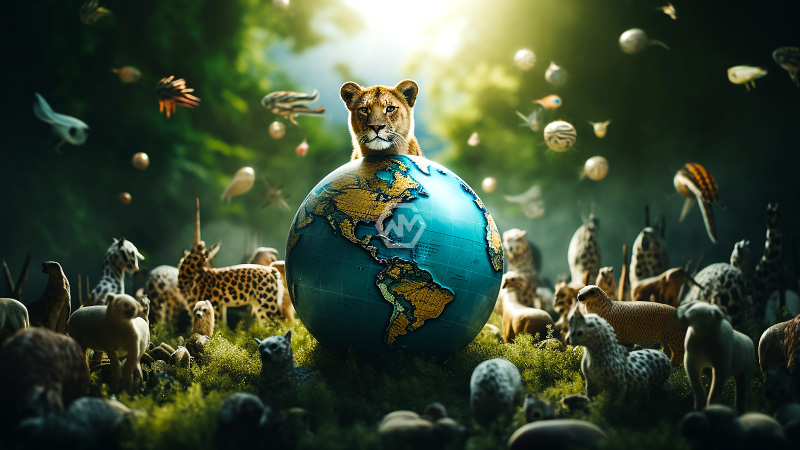- Global warming has a large impact on animal habitat degrees.
- The distribution and traits of habitats alternate as the Earth’s climate evolves, influencing ecosystems and the organisms that inhabit them.
- The geographical distribution of plant life zones might also range by virtue of climate trade.
A boom in average temperatures is one of the most direct outcomes of world warming. This can regulate the temperature stages suitable for various species.
Animals that are acclimated to a given surroundings may additionally need to relocate to better latitudes or altitudes to locate adequate temperatures.
Assessment of current and future habitats
New research performed by using McGill University scientists in collaboration with researchers from Spain, Mexico, Portugal, Denmark, Australia, South Africa, and other Canadian universities investigates how integral growing temperatures are in figuring out where animal species are at present observed and in which they will migrate to inside the future.
The international crew of researchers assessed the habitats of 460 bloodless-blooded in keeping with their unique temperature tolerance. They observed that, unlike marine species, land animals had habitat degrees that were less directly influenced by means of growing temperatures.
The better they were placed, the much less possibly they had been to occupy places near the equator with temperatures they might handle. But, the only issue stopping them from moving to more secure cooler pastures was poor interactions with other species and not rising warmth.
Temperatures are not the sole factor to consider in habitat ranges. The geographical distribution of flora zones may additionally range as a result of weather exchange. Species aware of specific forms of vegetation may additionally need to emigrate with the purpose of keeping get right of entry to the precise plant groups.
similarly, global warming reasons polar ice and glaciers to soften, resulting in growing sea levels. This endangers coastal areas and the creatures that stay there. Coastal environments which include marshes and mangroves might also get swamped, inflicting species to relocate inland or to higher floors.



